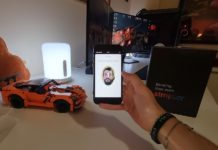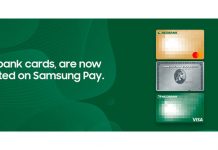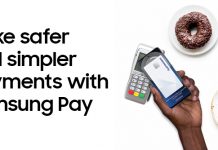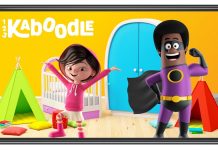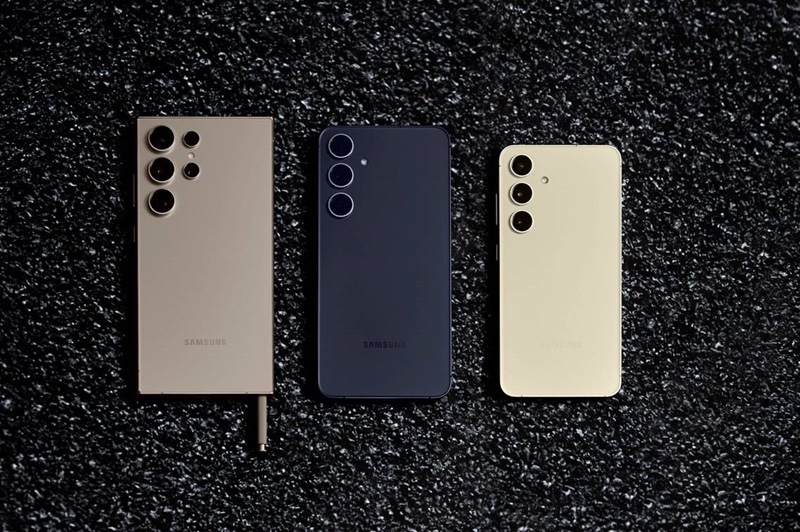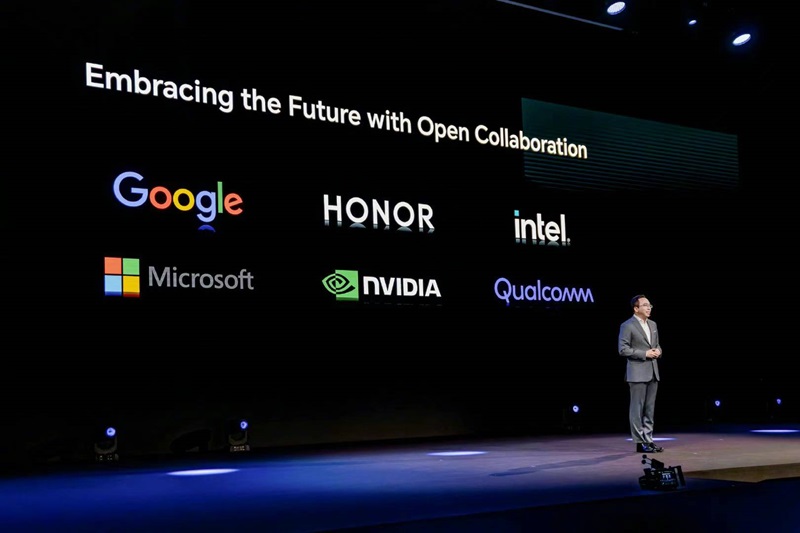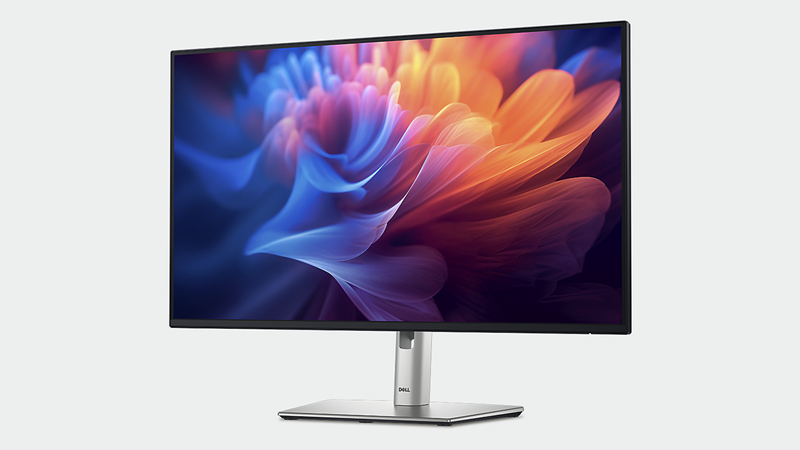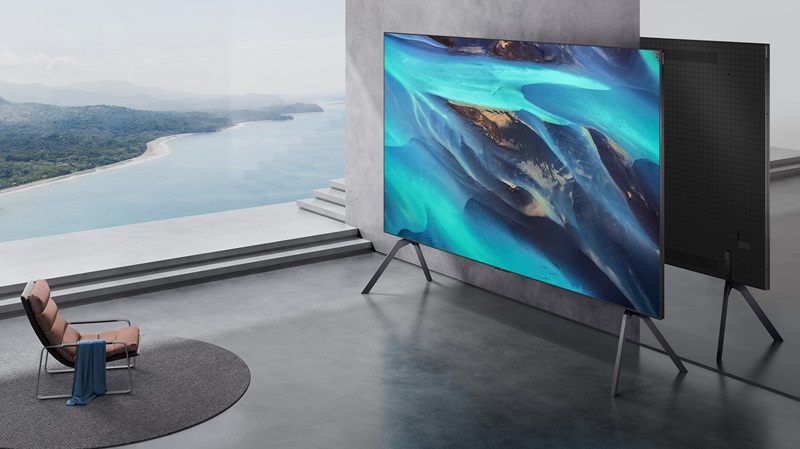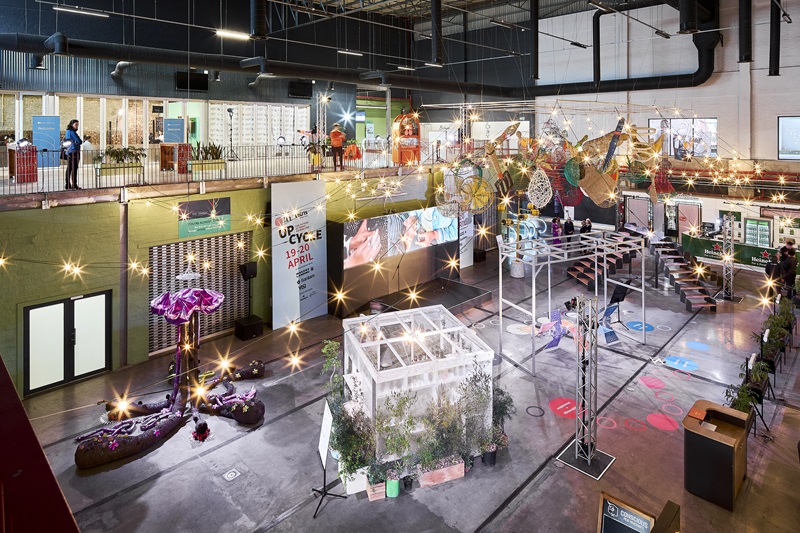Young, up-and-coming entrepreneur, Carl Visagie is changing the way South Africans are interacting in the business sphere with a free solution, KnektMe – a business networking mobile application (app) that can be used anywhere and anytime. Created by Visagie, KnektMe facilitates start-ups looking for investors, recruiters seeking ideal job candidates, as well as general networking opportunities.
“The world’s most valuable commodity is networking. Having the right people supporting you is a key factor in whether your business makes it big or falls flat,” says Visagie. “KnektMe is not just another social networking site or directory of names, it allows you to interact with real people around you, wherever you are, and in real-time.”
Born in Cape Town, Carl spent most of his childhood years between Namibia, the United States of America, and Ireland due to his father’s work commitments. Carl describes himself as ambitious, innovative, and driven so much so that he has completed a diploma in Programming at CTI and is currently studying a Construction Engineering course on a part-time basis through the University College of Estate Management in the United Kingdom. “I believe that every young adult should use their ambition and energy that they have now and not wait for tomorrow to come – read as much as possible, learn from every conversation and keep pushing your mind,” says Visagie.
According to Visagie the best choice he has made was becoming an entrepreneur at the age of 20. “The risk, the failures, the successes and the learnings I have done over the past three years, has made a positive impact on my life so far and I hope to make those changes in people’s lives, not only through KnektMe, but also through my future ventures,” he added.
KnektMe was not an easy task to produce, but was a challenge Carl was ready to take when he realised that networking as a young individual was just as difficult. Five months of intense development has led to the arrival of the business networking mobile app in South Africa. “My proudest moment was at KnektMe’s launch event when I saw guests log onto the app and started connecting with one another. It is still an on-going process as I find more and more ways to improve the app – it can never be perfect, but that will not stop me from trying,” explains Carl.
When asked where he sees himself in the future, Carl stated that he would like to work towards creating one of the biggest technology businesses in Africa and also start up a biotechnology company with his brother which will specialise in solutions to save the environment. Carl explains, “I look up to Elon Musk, my role model, who is a South African making huge strides towards changing the world for the better, and one of my favourite quotes of his is – ‘I think it’s very important to have a feedback loop, where you’re constantly thinking about what you have done and how you could be doing it better. I think that’s the single best piece of advice: constantly think about how you could be doing things better and questioning yourself.’ So, this is what I will do.”
Here is a Q&A with Carl:
- Who is Carl Visagie (in three words)?
Ambitious, tech, entrepreneur
- What is KnektMe and why was it created?
KnektMe is a business networking tool, built to help young entrepreneurs improve their network.
- How did you secure funding for your business?
I visited hundreds of Venture Capitalists and private investors until a few said yes. I went with my gut and went into business with the one that allowed me to retain total control over decisions etc. (this is an international investor).
- What differentiates KnektMe from other business networking services?
It is not a directory of names or a messaging service. It allows people to connect face-to-face in order to focus on physical contact. Initially it is mobile based, but quickly becomes personal and interactive.
- What is the best search pattern for mobile phones and which one did you use for KnektMe?
We use auto complete which is a basic built in search pattern. Most search patterns are quite the same in terms of the way they operate.
- What is the best way to improve User Experience (UX) without changing the interface?
Improving the speed and reliability of the app.
- How do you deal with input fields on mobile designs? Why are they important, how do they affect the end-result?
By limiting the amount of characters and space it takes up – you don’t want the whole screen to be taken up with text.
- What is the best practice when it comes to designing icons for a mobile product and was this used for KnektMe?
Ensuring that your icon is something that relates to your product. KnektMe’s icon relates to the name and to Bluetooth, which represents the apps identity and function.
- How can we extend a user interface with pre-built actions from mobile platforms or other devices? For example, how do you design around Apple’s 3D Touch?
We use these for additional functionality, allowing users to access the basic functions within the app (i.e.: zooming).
- When designing for mobile we always try to squish everything down in an attempt to provide as much information as possible. How can you resist the urge to clean up the UI, while still displaying important information?
This is relatively easy as most apps should have a single purpose/identity. Look at Instagram for example, which has a clean and single purpose. It’s not about resisting the urge to add things in; focus should be on the overall functionality. When adding things in, you create more work/issues for yourself such as having to deal with various design teams and ultimately opening yourself up to more bugs.
- How can designers leverage audio to enhance user experience – is this a technique you used for KnektMe?
We don’t use audio – Audio can be used to signify a function has been completed like the sound you hear when a download is finished. We don’t use audio with KnektMe– this limits the noise pollution as the sounds are not required to indicate that our app is performing a function, we use visual ques.
- How could Augmented Reality (AR)and VR change the future of mobile design?
AR is the bridge between VR and the real world – it would be like aiming your phone at someone’s face to get information about them. An example of AR is Pokemon Go. It can be quite intrusive and people would have to first get used it.
- Are tabs as a pattern good for mobile design? How do they affect an app’s usability?
Tabs are like your webpage tabs which are already there and people are already used to them. Tabs add visual consistency for users and a well-designed UI can clearly indicate a user’s position.
- What is onboarding and why is it so important for mobile design and was this considered for KnektMe?
This is the process of teaching users to use the app (i.e. tutorials). KnektMe is easy to use and does not make use of onboarding. You go from the login page and straight to scanning networks around you – making the app exceedingly straight forward.
- What are the main differences between desktop/web app development vs. mobile app development?
Desktop and web app development are mainly for bigger screens and are more difficult. Mobile app development is aimed at performance – you have to develop it to perform better with less powerful hardware (this will change in the future due to phone technology evolving at a rapid pace).
- How do you handle KnektMe’s security issues?
We don’t have any. We use the Google Firebase Database which is extremely safe and they handle everything from security to storage on their side. Besides, the information loaded onto KnektMe is public information anyway.
- Please could you provide the different steps designing and building an app?
Step One: Develop your concept and idea
Step Two: Wire Frame: showing the pages, i.e. how it’s supposed to look and the process the app will follow. It is ultimately a blueprint of how the app would work
Step Three: Selecting the kind of technology and services you have to use and the best way to approach (Examples: Swift, JS Node, C++)
Step Four: Start programming
Step Five: Design of the user interface (this goes hand in hand with programming)
- In your opinion, what are the biggest challenges in Africa with regards to technological innovation in business?
Africa likes to copy what is done in the US and EU. Starting technology in Africa is difficult as people tend not to trust technology that has not been developed or tested overseas.
- How do you see the innovation of mobile business networking evolving over the next few years?
This sector can only go so far due to the human nature. The ways you identify the points of contact between humans can evolve in the mobile sphere, but are limited to the functionality and technology currently available on mobile phones (Network based discovery, camera etc.) but will definitely change if someone were to introduce a new feature to a phone.
- What would you say is the biggest challenge for start-ups in SA and/or internationally?
In SA, it’s difficult to find seed funding for start-ups. If your idea is in the pre-revenue status, companies tend not to invest in it just yet. SA companies/investors seek security and safety first.
Another challenge is strategic partnerships such as partnering with other companies who will help start/boost and promote your product. Building trust in the product stems from Africa taking preference over international innovations.
- What apps/software/tools can’t you live without?
Google Maps, Uber and Gmail
- What are you currently reading? (What do you read, and how do you consume information?)
Tools of Titans. I usually read business and psychological books – I’m not a fan of fiction.
- What would you say is the single most important technology trend or development impacting businesses?
The beginning of the AI age. It simplifies most jobs; previously qualified jobs will become entry level jobs starting with the most logic-based jobs such as accounting or other mathematics based professions.
- What goes into measuring the success of an app such as KnektMe?
The amount of active users and strategic partnerships.
- What advice would you share with your younger self?
Find as much money as you can and buy some Bit Coin before it even hit $10 per unit.
Find out more about KnektMe here
This article was published in partnership with KnektMe










